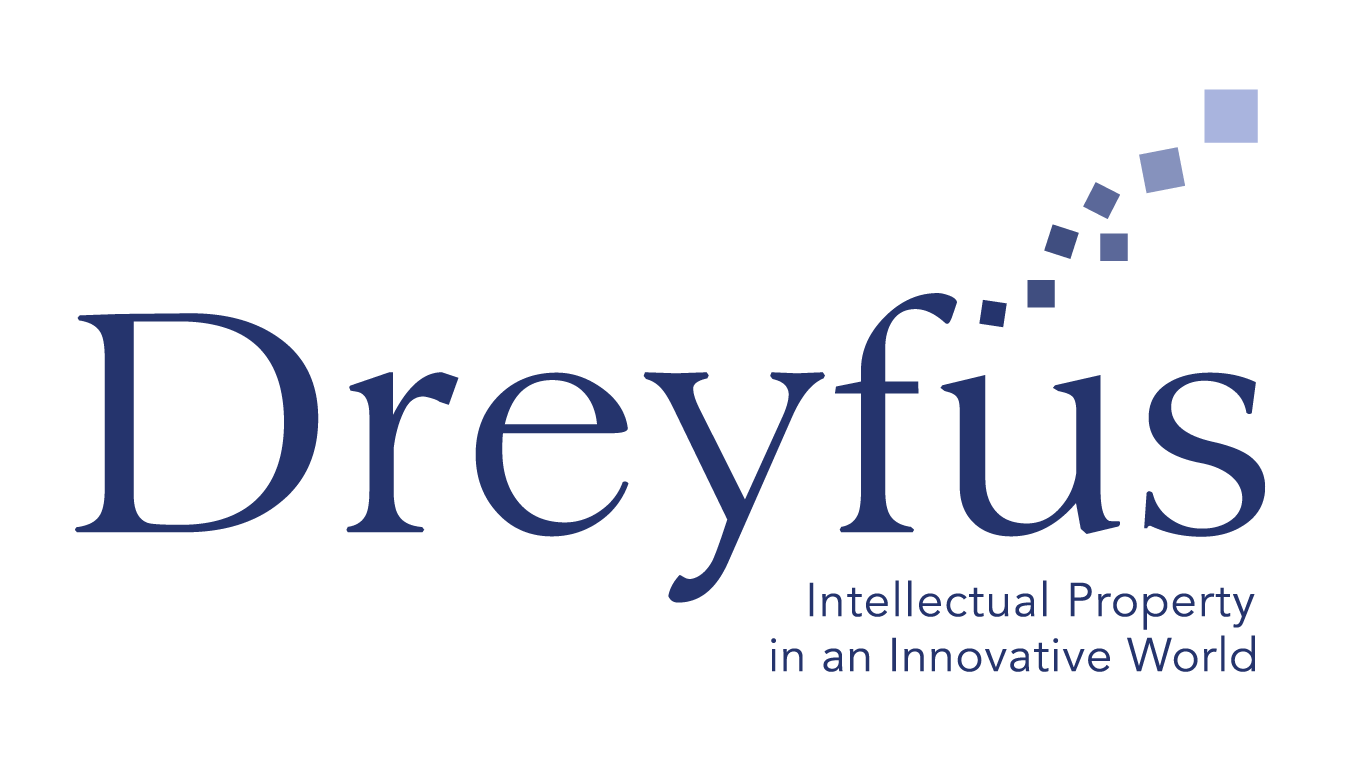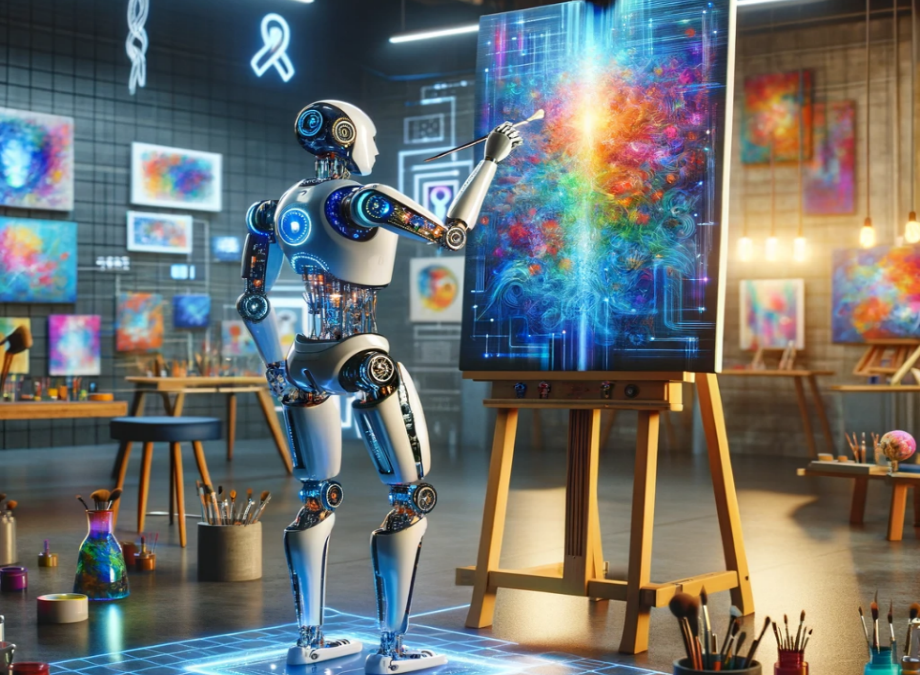*Image generated by DALL-E 3, Microsoft Version*
In a landmark decision dated November 27, 2023, the Beijing Internet Court addressed a case that could have significant implications for the realms of intellectual property and artificial intelligence.
A Chinese artist sued a tech company for using his AI-generated image, entitled “The Spring Breeze Brings Tenderness” in an advertising campaign. The central issue was whether an artwork generated by artificial intelligence could be protected by copyright, and if so, who would hold such rights. The court ruled in favor of the artist, stating that the artwork indeed fell under copyright protection.
This decision has initiated discussions and debates globally, challenging our views on artistic creation and intellectual property in the age of AI. Let’s delve deeper into this case and the questions it raises.
The Spring Breeze Case: The Background
In this instance, a Chinese artist, shared an AI-created artwork titled “The Spring Breeze Brings Tenderness” on Chinese social media. He produced this image using open-source software, engaging with it via several stages of instructions (prompts).
The Chinese artist later found that a tech company had used his AI-generated image in an advertising campaign to promote their products. The artist claimed the image was essentially a reinterpretation of his original artworks.
The tech company argued that the image was the result of an automated AI creation, and therefore, could not be copyrighted.
However, the court saw it differently, determining that although AI was the tool used to create the image, the artist was still responsible for the original inspiration and design, granting the work copyright protection.
AI as a Creative Tool
After affirming the AI-generated image was indeed an original aesthetic work protected by the Copyright Law of China, the Court delves into the question of authorship.
In fact, this ruling brings to light a fundamental question: to what extent can artificial intelligence be considered a creator in its own right?
Proponents of the court’s decision argue that, in this case, AI is merely a tool used by the artist to realize his idea, similar to how a brush or computer might be commonly used in the creative process. In this view, the artist remains the primary creator of the work, with AI simply facilitating the process.
If generative artificial intelligence is used as a tool to assist in creation, then it’s straightforward; there is no debate. The work is protected by copyright, and the rights related to it consequently belong to the individual author. In this scenario, the personal character of the individual creator is necessarily imprinted on the work.
Yet, there are dissenting voices that believe AI has the potential to create autonomous works, independent of any human influence. In such cases, intellectual property issues become much more complex, as there’s no clear artist to whom copyright can be attributed. However, the hypothesis of Artificial Intelligence as an author is to be excluded today.
Implications for the Future
The discussion surrounding “The Spring Breeze Brings Tenderness” highlights potential challenges in the realm of copyright law, particularly regarding works generated through human-AI collaboration.
The efficiency and lower costs of these “human-AI works” compared to traditional human creations prompt a reevaluation of copyright thresholds. This raises questions about whether current copyright laws encourage or hinder human creativity and innovation, and how legal disputes over authorship might burden the legal system. As AI’s role in creative processes grows, the need to adapt copyright laws and fairly distribute benefits becomes crucial to ensure both innovation and equitable development. This case, rather than providing definitive answers, sparks ongoing debate about the implications of AI in creative fields.
The debate is just beginning, and we are likely to see many more cases like this as AI continues to play an increasing role in the world of art and creation.

